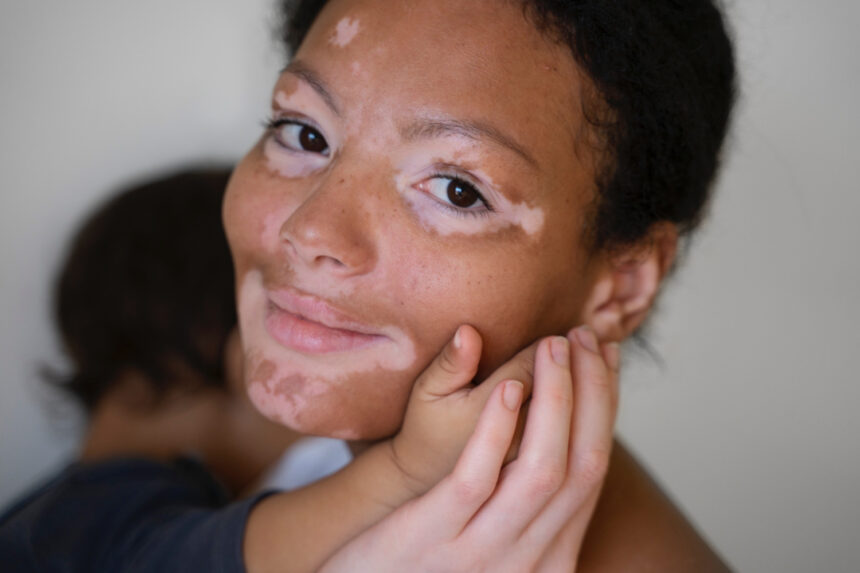Vitiligo is a skin condition characterized by the loss of pigment, resulting in white patches on the skin. While it’s not a life-threatening condition, it can significantly impact one’s quality of life. Understanding the causes and treatment options for vitiligo is crucial for those affected. Here are 20 key points to enhance your knowledge about vitiligo.
- Autoimmune Origin:
Vitiligo is often associated with autoimmune disorders, where the immune system mistakenly attacks pigment-producing cells (melanocytes), leading to depigmentation. - Genetic Factors:
Genetic predisposition plays a role in vitiligo. Individuals with a family history of the condition are at a higher risk. - Environmental Triggers:
Certain environmental factors, such as exposure to sunburn, emotional stress, or chemicals, may trigger or exacerbate vitiligo. - No Age Limit:
Vitiligo can develop at any age, but it often starts before the age of 20. Early detection is crucial for effective management. - Symmetrical Patterns:
Vitiligo often appears in a symmetrical pattern, affecting corresponding areas on both sides of the body. - No Predictable Course:
The progression of vitiligo varies among individuals. Some may experience a rapid spread, while others may have stable or slow progression. - Diagnosis:
Dermatologists diagnose vitiligo based on clinical examination, medical history, and sometimes skin biopsies. - No Cure, but Treatable:
While there is no cure for vitiligo, various treatment options aim to repigment the skin and manage the condition. - Topical Corticosteroids:
These are commonly prescribed to reduce inflammation and promote repigmentation. However, long-term use may have side effects. - Topical Calcineurin Inhibitors:
These medications modulate the immune response and are applied directly to affected areas, particularly in sensitive skin regions. - Phototherapy:
Light therapy, including UVB and PUVA, is used to stimulate pigment cells. Regular sessions under medical supervision are essential. - Microskin and Camouflage:
Cosmetic solutions like Microskin can help conceal depigmented areas, providing a temporary improvement in appearance. - Depigmentation:
In cases of widespread vitiligo, depigmentation of unaffected skin may be an option to achieve a uniform skin tone. - Experimental Therapies:
Ongoing research explores treatments like JAK inhibitors, stem cell therapy, and melanocyte transplantation as potential avenues for vitiligo management. - Psychological Impact:
Vitiligo can have a significant emotional and psychological impact on individuals, leading to anxiety and depression. Support from healthcare professionals and communities is crucial.
In conclusion, vitiligo is a complex condition with multiple factors influencing its development. While there is no one-size-fits-all solution, advancements in research and treatments offer hope for those affected. Early diagnosis, a tailored treatment plan, and emotional support can help individuals manage vitiligo effectively, enhancing both their physical and mental well-being.










